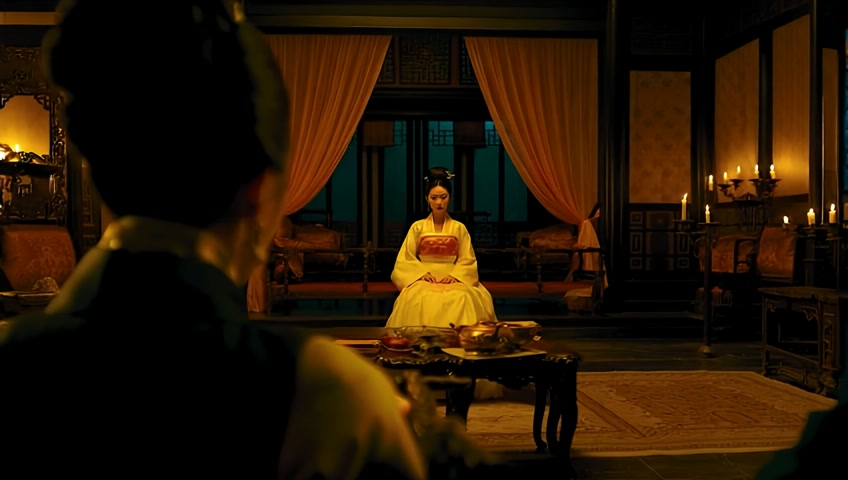arizona7703d ago
Loading...

Prompt
China, late 18th century, a courtesan understood from her clients the logistics of cargo, who traded with whom, where ships were weak, and where gold passed unguarded, the routes of bribes, the movement of fleets.
SeedN/A
